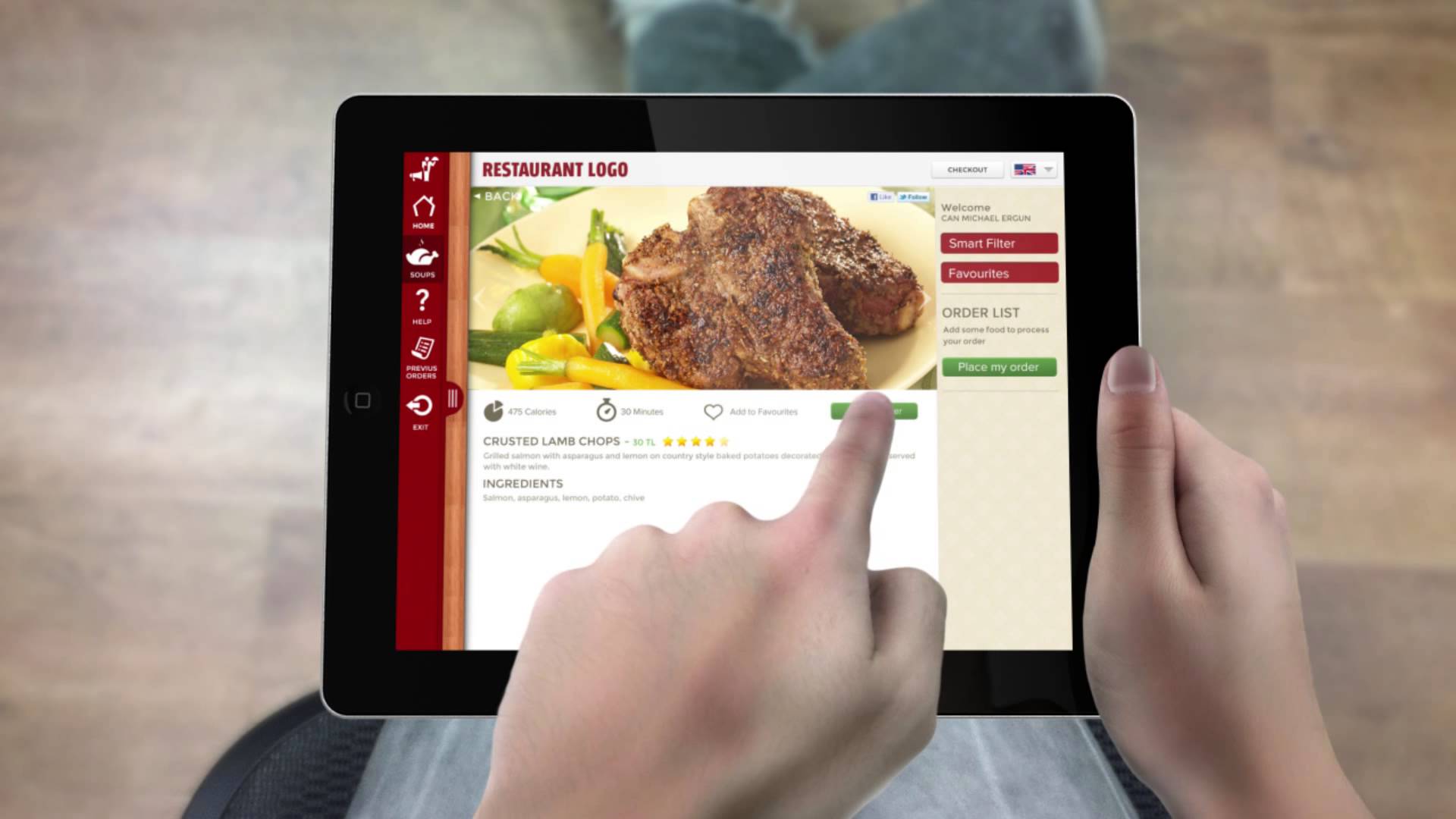There is no doubt the Internet has changed our way of living. Many fast food chains, both in New Zealand and overseas, enable customers to order food online through their websites or mobile apps. Likewise, in many restaurants, iPads are offered to customers who can select their food and drinks with a touch on the digital menu.
While we are enjoying the convenience brought by technology, have we thought about how the digital world has really changed our lives, and perhaps also our choices?
The findings of the research titled "Computer Interfaces and the Direct-Touch Effect: Can iPads Increase the Choice of Hedonic Food?" at the Chinese University of Hong Kong (CUHK) Business School have offered some interesting insights to the question. The study observed the increasing use of technology such as customized mobile apps in the domain of food choice, and asked the question: what effect do these digital devices have on customers' choice of food?
THE STUDIES
In five laboratories studies with various groups of undergraduate students in two universities in Hong Kong, the researchers tested whether customers using different computer interfaces with and without a touchscreen would affect their choices of food. In other words, will there be any difference in their choices when they browse a pictorial menu online and select the food by touching the picture on the screen or by clicking the mouse on the desktop?
In the first study, students were asked to choose from a pair of products online, one hedonic (a piece of cheesecake) and one utilitarian (a bowl of green salad). The group was divided into two with some participants using an iPad while others used a desktop with a mouse.
DIRECT-TOUCH AND MENTAL INTERACTION
All studies supported the researchers' hypothesis - touching the screen facilitates the mental interaction with the product and makes consumers choose hedonic over utilitarian food items, a phenomenon which the researchers called the 'Direct-Touch' effect.
In the study when participants were using a stylus to touch the screen, the 'Direct-Touch' effect did not happen. In other words, using a stylus is the same as using a mouse to click on the screen.
"When consumers use an iPad and select the food by touching the pictures, they tend to select hedonic food over utilitarian food," said Professor Shen, co-author of the study "They would be more likely to choose a cheesecake rather than a bowl of salad," he added.
"The Direct-Touch effect is similar to our natural reaction towards hedonic food -- the spontaneous urge to grab it. When we touch the picture of cheesecake on the iPad menu, it is like reaching out to grab the cheesecake in real life. Such an urge, however, is less strong for utilitarian food (e.g. a bowl of green salad).”
"So touching a hedonic food picture rather than clicking it with a mouse leads to a higher purchase intention.”
IMPLICATIONS
The study has significant implications for public policymakers and marketers, according to the professors.
"Previous research has found that touch can increase affective response towards an object and increase impulsive buying behavior. Our study has gone a step further to show simply asking consumers to order by touching the hedonic food image would be sufficient to increase their mental simulation of grabbing the food and wanting to purchase it," said Shen.
In a larger scope, the study has relevant implications for public policy, as different response modes can affect food choices, including unhealthy food, in our community.
"Our study result reveals that direct touch increases the choice of hedonic options. If computer interfaces can influence our food choices, consumers and public policy officials should be made aware of the effect so that they could adopt strategies to facilitate the choice of healthy food," he said.
In terms of marketing, in today's technological world where more and more restaurants are offering touchscreen menus for efficiency, the study also implies that specific marketing strategies using different computer interfaces could be explored to yield desirable choices among consumers.
Reference:
Hao Shen, Meng Zhang, and Aradhna Krishna (2016) Computer Interfaces and the "Direct-Touch" Effect: Can iPads Increase the Choice of Hedonic Food?. Journal of Marketing Research: October 2016, Vol. 53, No. 5, pp. 745-758.






